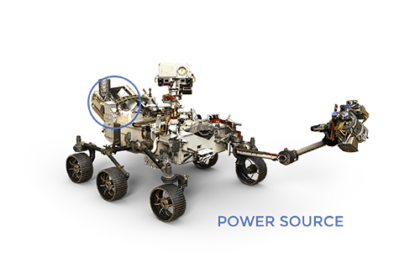This telescope gathers light 8 million times more than Galileo’s telescope and 100 million times more than the human eye.
Construction on the ELT project in Chile’s Atacama Desert began in 2014, with the foundation stone laid in 2017. Delays due to the pandemic and technical challenges pushed back the initial 2024 operational date. Alongside the construction of its 85-meter dome, European companies are manufacturing the telescope’s mirrors and auxiliary systems. Over 70% of the main 39-meter mirror’s components have been made, with secondary mirrors in polishing stages. The adaptive M4 mirror, designed to adjust its shape 1,000 times per second to correct atmospheric distortions, is fully integrated, and key components of the adaptive optics system are in testing.
Other systems for the complete setup of the ELT, including control systems and assembly equipment, are also in development or production. The first four scientific instruments have reached the final design stage, and some are ready for production. Much of the ELT’s auxiliary infrastructure is already in place at Cerro Armazones or nearby.
The first half of the project faced delays due to extensive design modifications. Now that production has fully resumed post-pandemic, the remaining half of the ELT project is expected to take just five years to complete, although experts warn of potential uncertainties.
Scheduled for initial scientific observations in 2028, the ESO’s ELT will tackle major astronomical questions, potentially revolutionizing our understanding of the Universe and our place in it.
Facts about the ELT
Main mirror diameter 39 metres
Light collecting area 978 square metres
Number of main mirror segments 798
Alignment precision of the different segments that make up the main mirror
Tens of nanometres (10,000 thinner than a human hair) across its entire 39-metre diameter
Number of edge sensors that will measure the relative positions of the segments 4608
Amount of glass-ceramic Zerodur(c) in the telescope mirrors 140 tonnes, of which 132 tonnes in the primary mirror alone
Type: Optical/near-infrared extremely large telescope
Optical Design: Five-mirror design
Telescope field of view 10 arcminutes
Enclosure: Hemispherical Dome
Time needed to walk from the entrance of the dome to the top via the set of stairs and walkways fixed to the inner side of the dome ~30 minutes
Site: Cerro Armazones, Atacama Desert, Chile
Altitude 3046 m
Height of rock removed from the top of Armazones to create the platform for the ELT
~18 metres
Amount of rock removed to make room for the 150 metre by 300 metre ELT platform
~220 000 m3
Distance between Armazones and Paranal (by air) 23 km
Planned duration of the telescope construction about 12 years
Planned year of technical first light 2027
Estimated lifespan 30+ years
Budget €1.3 billion
The data is sourced from the Extremely Large Telescope (ELT) website https://elt.eso.org/about/facts/ .
Image credit:
https://elt.eso.org
https://elt.eso.org
https://elt.eso.org






